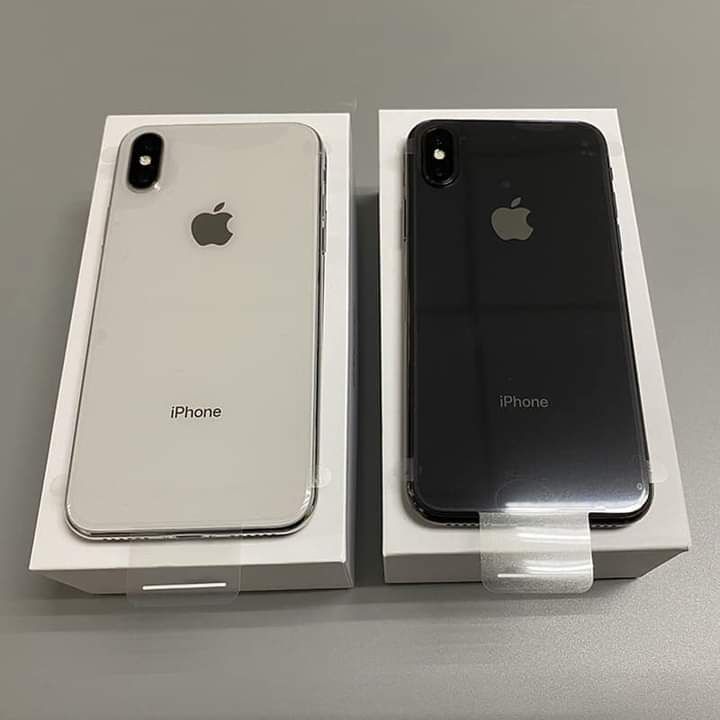
Backing up your iPhone is crucial for several reasons:
1. **Data Loss Prevention:** Backing up your iPhone ensures that you don’t lose important data such as contacts, photos, messages, app data, and more in case your device is lost, stolen, damaged, or malfunctions.
2. **Easy Transfer to a New Device:** If you upgrade to a new iPhone or need to replace your current device, having a backup makes it easy to transfer all your data to the new device without losing anything.
3. **Protection Against Software Issues:** In case your iPhone encounters software issues or malfunctions during an update, having a backup allows you to restore your device to a previous state without losing data
4. **Peace of Mind:** Regularly backing up your iPhone gives you peace of mind, knowing that your important data is safe and easily recoverable when needed.
To properly back up your iPhone, you can follow these steps:
1. **Using iCloud:**
Connect your iPhone to a Wi-Fi network.
Go to Settings > [Your Name] > iCloud > iCloud Backup.
Turn on iCloud backup.
– Tap “Back Up Now” to start an immediate backup or wait for the automatic backup to occur when your device is charging, locked, and connected to Wi-Fi.
2. **Using iTunes (for macOS Catalina and earlier or Windows):**
Connect your iPhone to your computer using a USB cable.
– Open iTunes (on macOS Catalina and earlier) or Finder (macOS Catalina and later).
Select your device in iTunes or Finder.
Click on “Back Up Now” to create a backup of your iPhone on your computer.
3. **Using Finder (macOS Catalina and later):**
Connect your iPhone to your Mac using a USB cable.
– Open Finder.
Select your device from the sidebar.
Click on “Back Up Now” to back up your iPhone to your Mac.
It’s essential to regularly back up your iPhone to ensure that your data is up to date and secure. iCloud backups are convenient as they happen automatically when your device meets the specified conditions, while iTunes or Finder backups offer a local copy on your computer.


